In the years before surgery to replace her hip and knee, Patty Farrell-Cole struggled with basic tasks.
She struggled to walk after getting up from her desk.
She couldn’t get out of her kayak without help.
And about six years ago, a new neighbor saw her attempting to garden and asked, “What is wrong with you?”
“I was like, ‘I feel like a 90-year-old woman. I can’t bend over,'” Farrell-Cole, 58, said. “I’d have to walk a little bit to straighten up. … It was awful.”
Fast forward four years after the replacement of her right hip and six months after the replacement of her left knee.
Farrell-Cole has never felt better.
She just went on a hiking trip with her husband to Great Smoky Mountains National Park in Tennessee. She’s playing golf regularly. And she’s preparing for a long summer of kayaking and stand-up paddleboarding.
With both ailments, Farrell-Cole wishes she hadn’t waited so long to reclaim her health and active lifestyle.
“I had hip surgery four years ago and kept delaying it because I thought you had to be a certain age to get surgery,” Farrell-Cole said, laughing. “I finally realized, ‘No,’ and it was the best thing ever.”
‘Lobos pride’
Farrell-Cole grew up in New Mexico and always lived an active lifestyle. She played as a fast-pitch softball catcher. She skied. She showed horses and rodeoed.
By 2016, she had moved to Grand Rapids to work at the Van Andel Institute.
As her hip deteriorated, walking, gardening and kayaking became difficult. She reached out to a colleague for orthopedic doctor recommendations.
The colleague recommended three surgeons, including Bryan Kamps, MD.
Both Farrell-Cole and Dr. Kamps graduated from the University of New Mexico, so she chose him.
“Lobos’ pride,” she said, referring to the University of New Mexico’s wolf mascot.
In addition to more than 25 years in orthopedics, Dr. Kamps, the regional division chief of the Spectrum Health Orthopedics Group, spent 17 years as a military surgeon, including tours in Bosnia, Afghanistan and Germany.
“Lots of trauma surgery,” he said.
So based on his experience, when Farrell-Cole went to see him about a Baker’s cyst on her knee last year and he recommended replacement surgery, she trusted his sobering assessment.
“Dr. Kamps told my husband that in all his years—and he’s in his 60s—he said it was one of the worst knees he’s ever seen,” Farrell-Cole said.
Despite her knee’s poor condition, Dr. Kamps is not surprised Farrell-Cole has healed so quickly and strongly.
She’s maintained a good weight, which is important for joint replacement surgeries, he said. She’s active. She took physical therapy seriously both before and after the operations.
“She’s the ideal surgical candidate,” Dr. Kamps said.
Younger patients
Part of Farrell-Cole’s success is also credited to the constant improvements in joint replacement surgery.
The pain medication, which doctors call “analgesics,” has improved significantly over the last 25 years, Dr. Kamps said. This helps decrease swelling and improve pain management immediately after the operation.
“Our surgical approaches have also gotten better, so we do less damage to the tissue when we do surgery,” he said.
The physical implants for knees and hips have also significantly improved.
The polyethylene liners on the implant used to wear out, which meant patients often needed a second surgery 15 to 20 years after the first. That still happens occasionally, Dr. Kamps said, but more than half his patients—despite the fact they’re skewing younger every decade—only need one surgery in their lifetime.
Dr. Kamps said Farrell-Cole deserves most of the credit.
“It’s easy for a surgeon to do the operation, but really most of the work is on the patient’s part,” he said. “It takes me a few minutes to do an operation, but it’s really a lifetime of preparation in terms of their physical conditioning and their overall health.”
Although Farrell-Cole waited too long to get her joint repaired, once she committed she also committed to doing the hard work.
She did pre-physical therapy, which included lots of stretching and strength training.
“So I made sure I was ready to go, made sure my muscles were going to be resilient,” she said.
She also did two months of physical therapy after the hip surgery and three months of physical therapy after knee surgery.
“I was on a mission,” she said. “My husband bought me a stand-up paddleboard for Christmas (right after knee-replacement surgery).
“And at first, when I saw the physical therapist … I told him my goal is to paddleboard this summer,” she said. “And he looked at me like, ‘I don’t think that’s going to happen.’ Now, he’s like, ‘You’ll have no problem. You’ll be paddleboarding.’
“So yeah, everything’s really good,” she said.

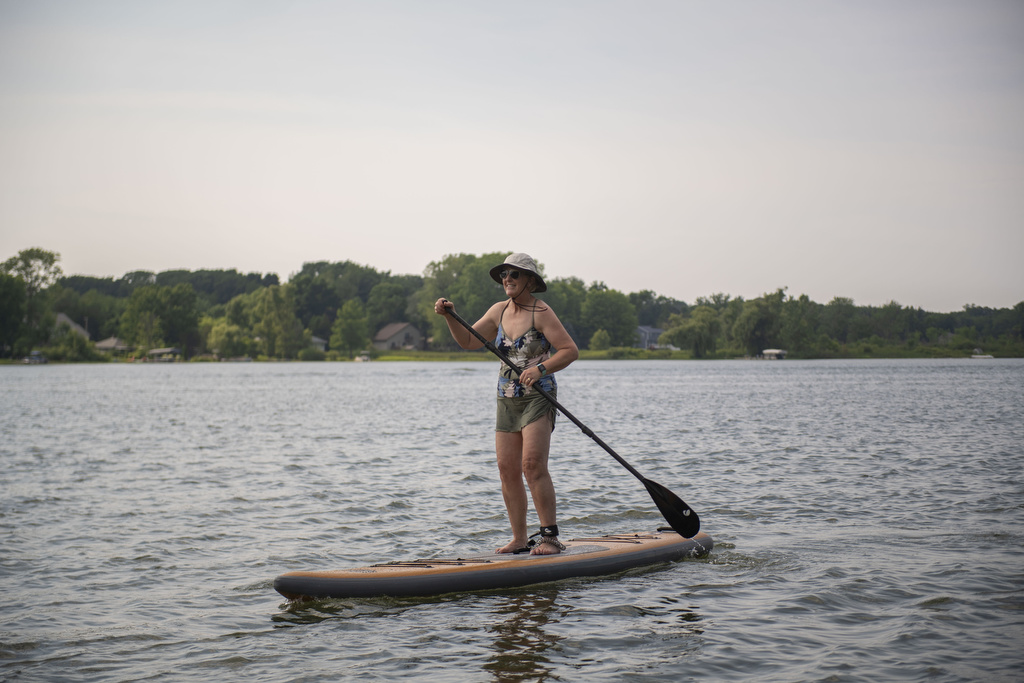
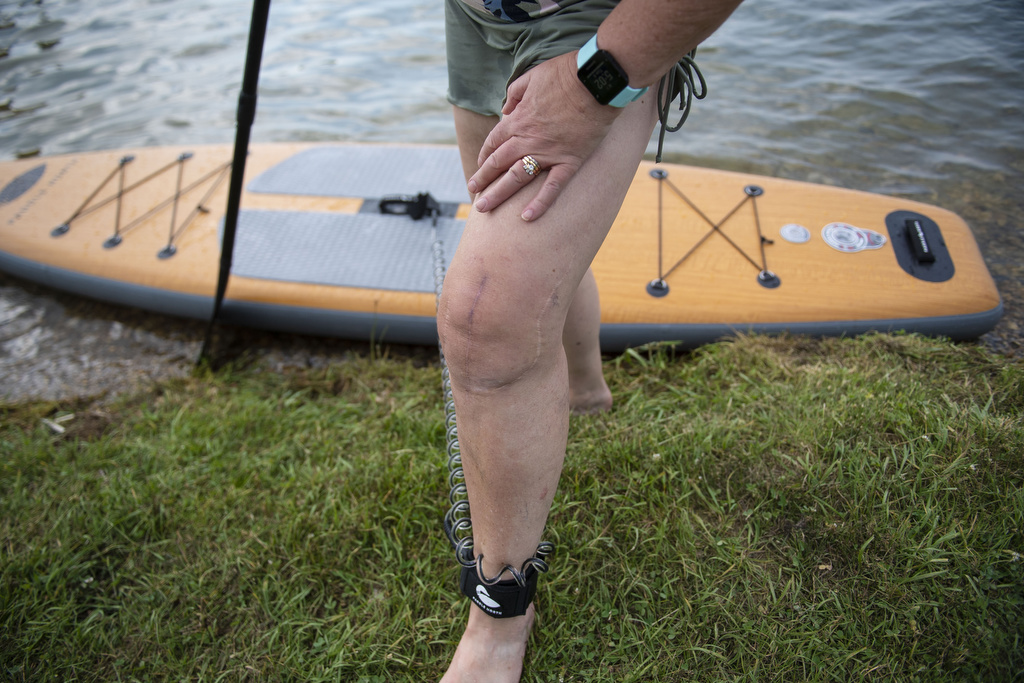
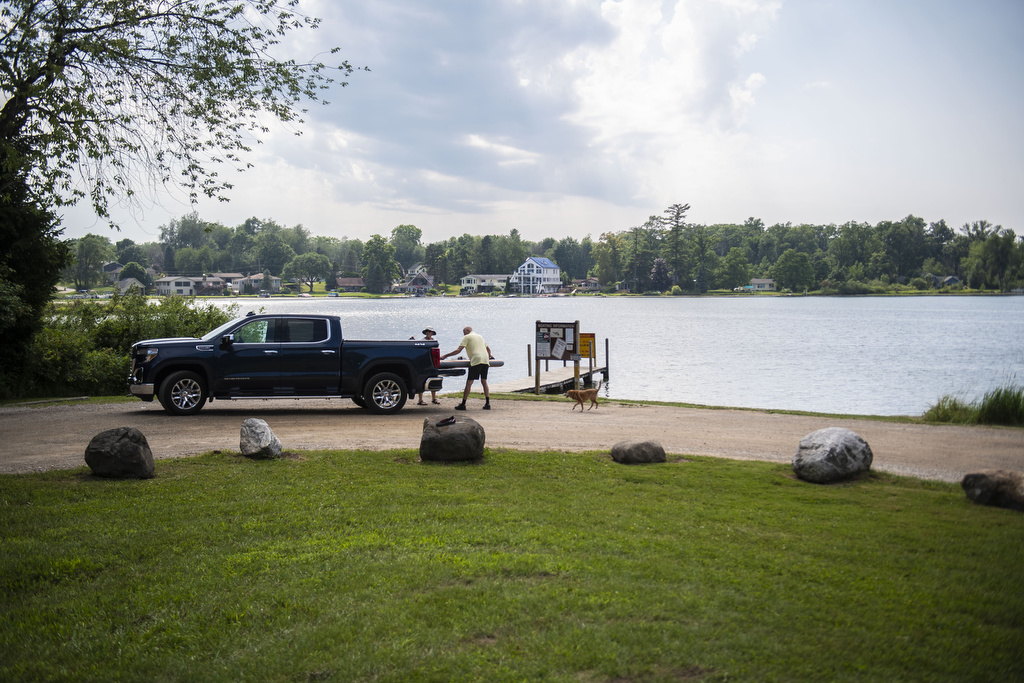

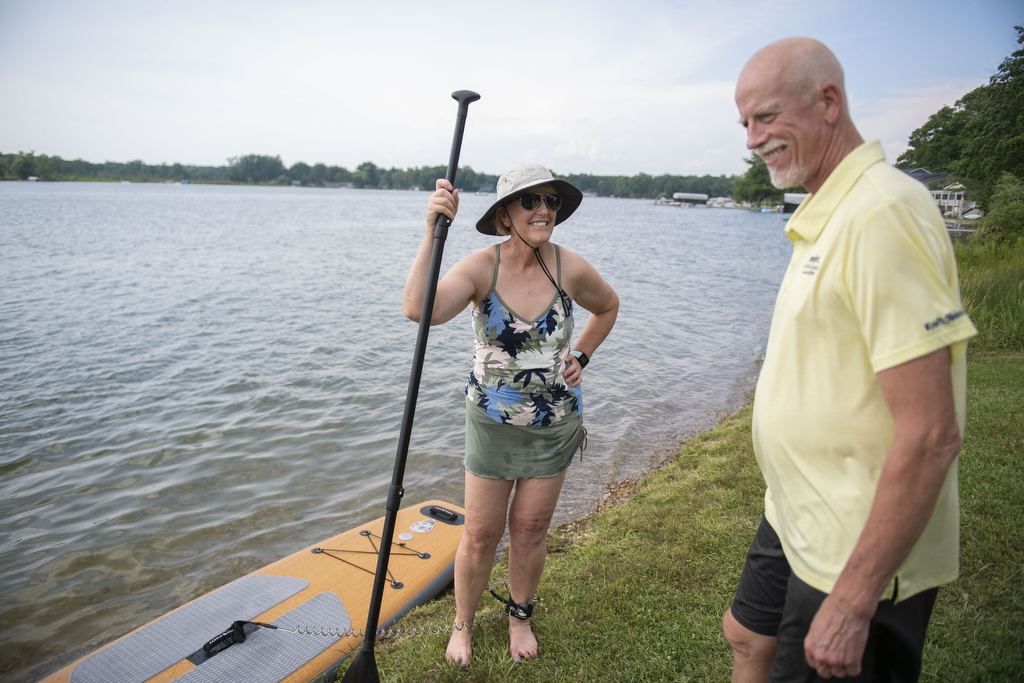
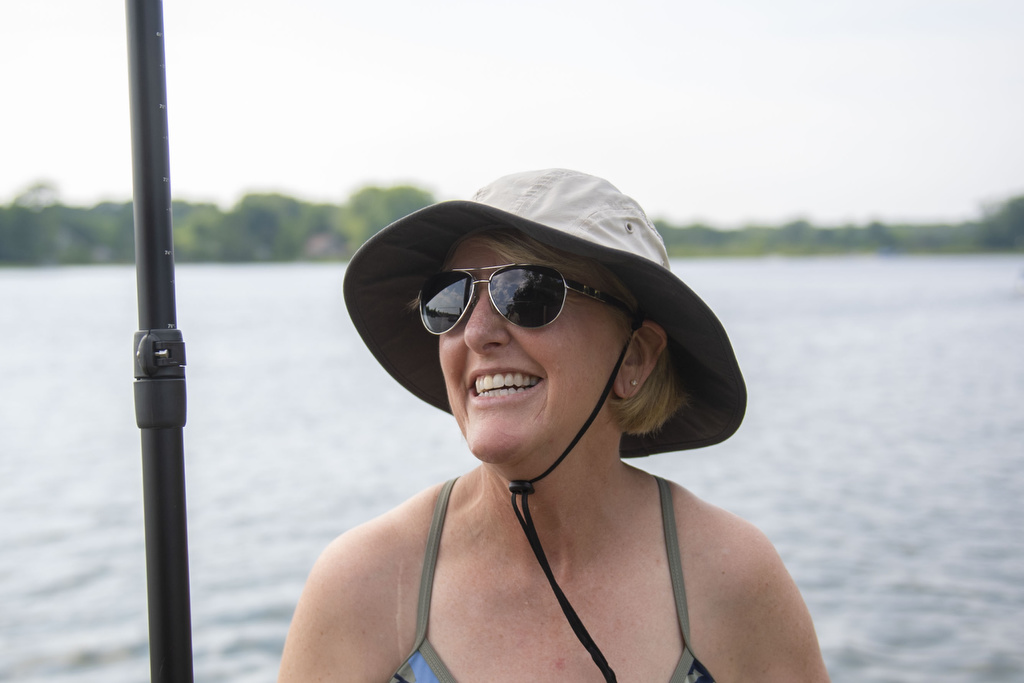


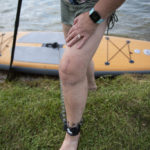


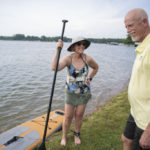

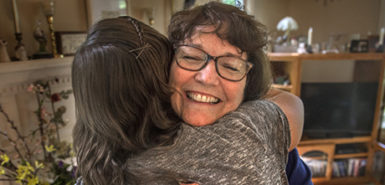 /a>
/a>
 /a>
/a>
 /a>
/a>